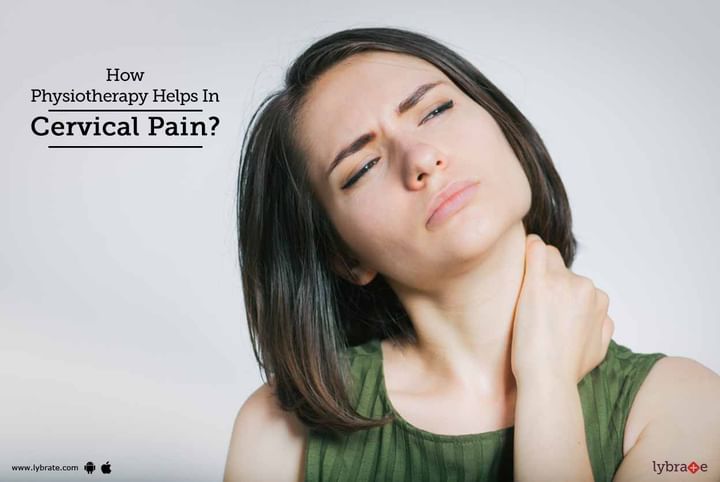How Physiotherapy Helps In Cervical Pain?
Cervical or Neck pain is very common now a day. It can affect anybody in their lifetime. Earlier it was more common in old age but now due to increased working hours and lack of rest and exercise it’s majorly seen in young age also. Cervical pain can be due to following reasons-
- Injury to neck muscles-like sprains, crampsInjury to neck joint
- Bone pathologies- like osteoporosis and spondylitis
- Nerve-related diseases- like cervical radiculopathy
- Disc-related diseases- like bulging, herniated disc
- Migraine
- Vertigo
- Systemic diseases- like RA, ankylosing spondylitis
How Physiotherapy Helps In Cervical Pain?
Physiotherapy strengthens your neck muscles and vertebrae by doing stretching, exercises and other treatments. It relieves the stiffness and pain, increases the range of motion, mobility and also improves your posture. That’s why it is recommended in most of the cases, by your physician.
Physiotherapy includes two treatments - Passive and Active.
Passive treatment- It helps to relax your body and it also prepares your body for therapeutic exercise. It includes-
- Hot and cold therapies: Cold therapy is beneficial because it slows down the circulation. Thus it helps to reduce inflammation, pain and muscle spasm. Heat therapy increases the blood flow to the affected area which helps by increasing oxygen and nutrients to the affected area. It also removes the waste products created by muscle spasm. Thus, helping in healing.
- Deep tissue massage: In this massage, the therapist uses direct pressure and friction to decrease the tension in your soft tissues, muscles and ligaments. This is the main objective of this treatment. The tension on neck muscles is build up due to the daily heavy activities.
- Transcutaneous electrical nerve stimulation (TENS): A machine stimulates your muscles through variable (but safe) intensities of electrical current. It helps to reduce muscle spasms and increases the production of endorphins which is a natural painkiller.
- Ultrasound: Ultrasound also increases the blood circulation to the affected part, which helps to reduce swelling, stiffness, pain, muscle spasms and cramping.
- Traction: In this, the spine is stretched and mobilized so that you get less pain and then the movement becomes easier. This can be done manually or by using a traction device.
Active treatment- This mainly includes all the exercises which improve your flexibility, strength, stability, and range of motion.
- Flexibility exercises
- Neck flexion and extension
- Head tilt towards the left and right side
- Neck rotation, retraction
- Shoulder rolls Isometric exercises (Here resistance is applied by your hand).
- Neck extension, flexion
- Side bending of the head
- Stretching exercises-Neck stretching
- Sternocleidomastoid stretch
The plan of treatment may differ with the case. So, it’s advised to consult the physiotherapist for correct treatment.



+1.svg)
